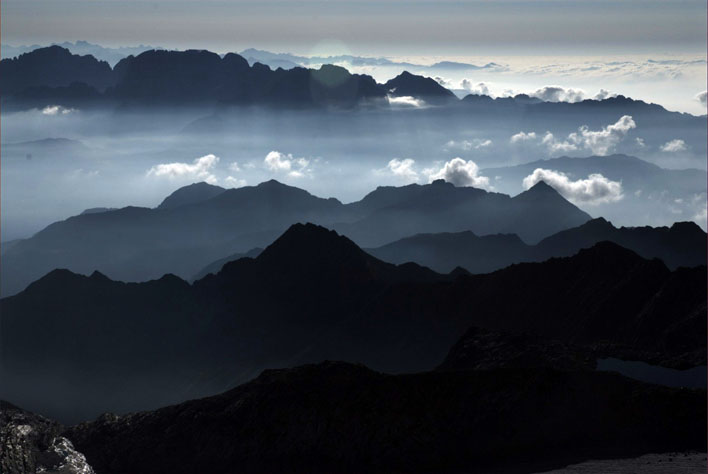Travelling Through a Sea of Poppies: from the Geographical to the Cultural Frontier
Abstract
The paper focuses on the relation between the concepts of geographical and cultural frontiers, using Sea of Poppies (2008), Amitav Ghosh’s last novel, as a case study. Indeed, the journey of the ship Ibis from the Gulf of Bengal to the Mauritius islands provides the backdrop against which the theme of the crossing of religious, social and caste boundaries is developed: as the Ibis crosses the frontier which divides India from the Mauritius, the men and women on board, embodiments of both colonizing and colonized values, are subjected to a series of (religious, linguistic, social) negotiation processes. The aim of the paper will be to analyze some of these processes in order to show that in the novel negotiation and contamination become synonymic with cultural resource and new beginnings.Downloads
References
Albertazzi, Silvia, Lo sguardo dell’altro: le letterature postcoloniali, Roma, Carocci, 2000.
Alighieri, Dante, La Divina Commedia, Torino, Paravia, 2009.
Anderson, Benedict, Imagined Communities, London, Verso, 1983.
Bachtin, Michail, Estetica e Romanzo, Einuadi, Torino, 1979.
Cometa, Michele (ed.), Dizionario degli studi culturali, Meltemi, Roma, 2004.
Dixon, Robert, “Travelling in the West, The Writing of Amitav Ghosh”, Journal of Commonwealth Literature, 31.1 (1996): 3-24.
Dominichelli, Mario - Fasano, Pino (eds.), Lo straniero. Atti del convegno di studi di Cagliari 1994, Bulzoni, Roma, 1997.
Foucault, Michel, The Archaeology of Knowledge (1969), London - New York, Routledge, 2002.
Id., Discipline and Punish: The Birth of the Prison, New York, Random House, 1975.
Ghosh, Amitav, Sea of Poppies, London, John Murray Publishers, 2008.
Hawley, John, Amitav Ghosh: an introduction, Delhi, Foundation Books, 2005.
Thieme, John, “All in the same boat”, Literary Review, (May 2008): 49.
Westphal, Bertrand, La geocritica. Reale, finzione, spazio, Roma, Armando Editori, 2009.
Copyright Notice
You are free to copy, distribute and transmit the work, and to adapt the work. You must attribute the work in the manner specified by the author or licensor (but not in any way that suggests that they endorse you or your use of the work).









